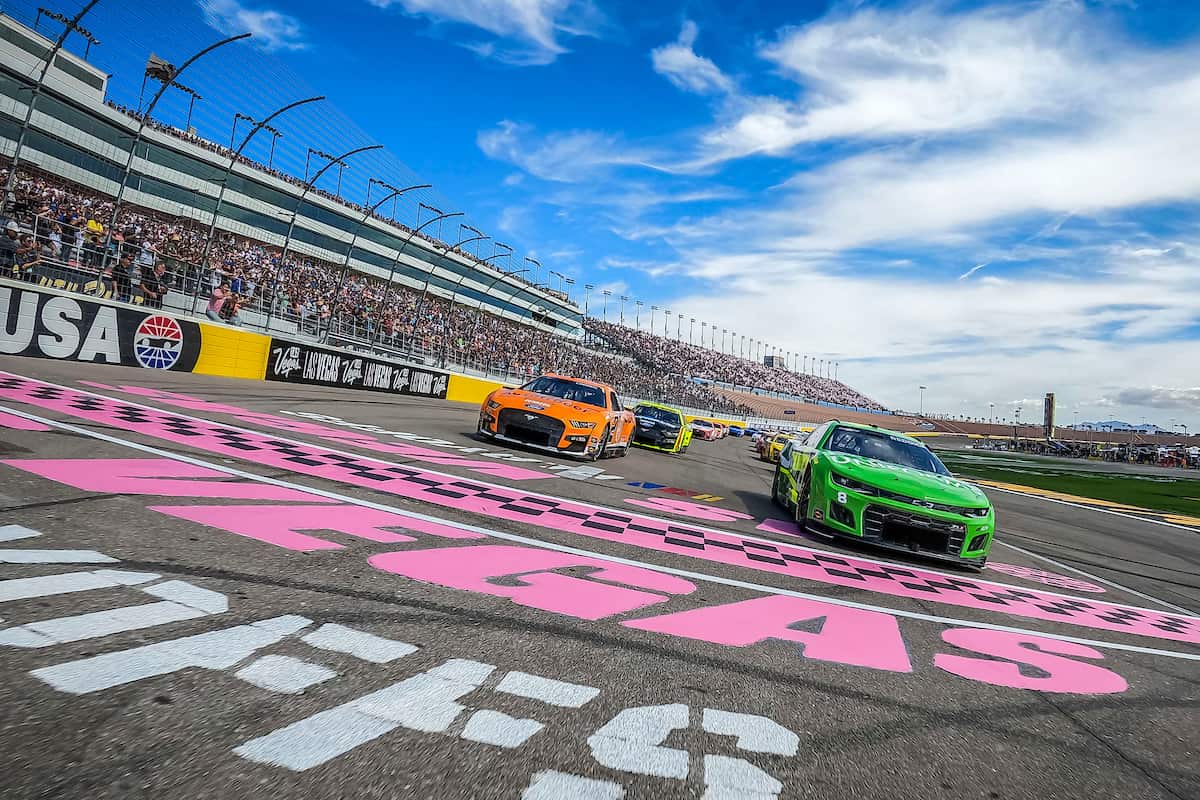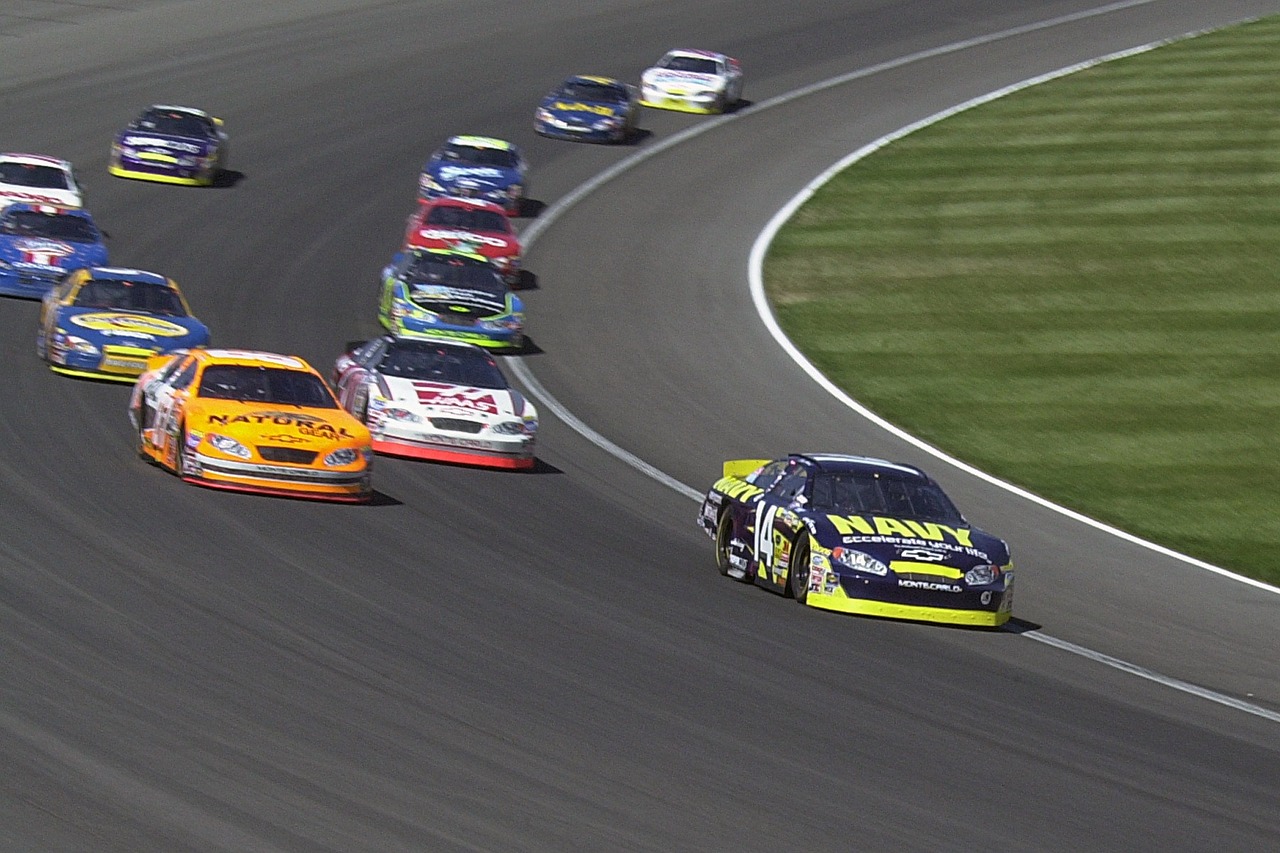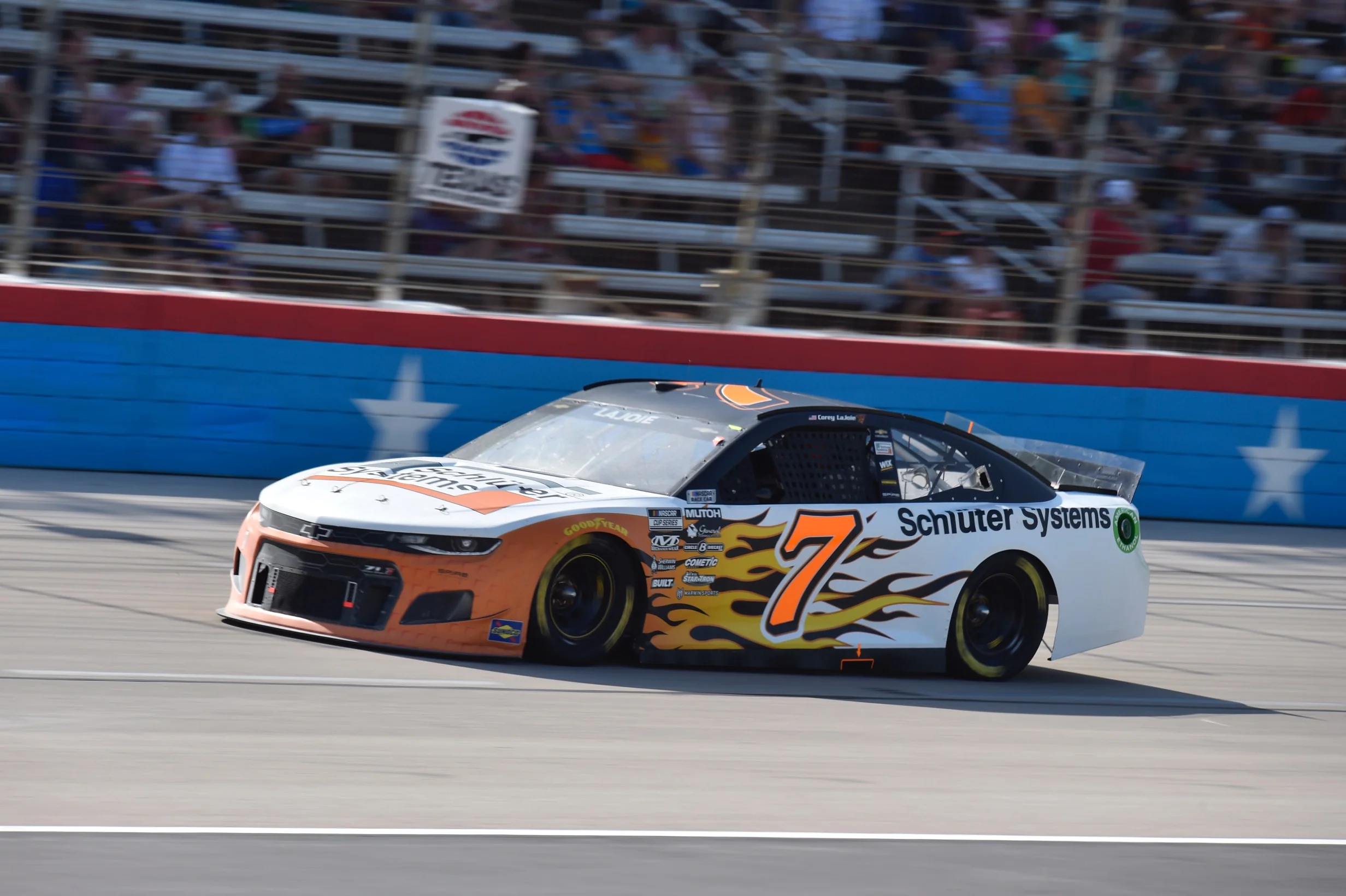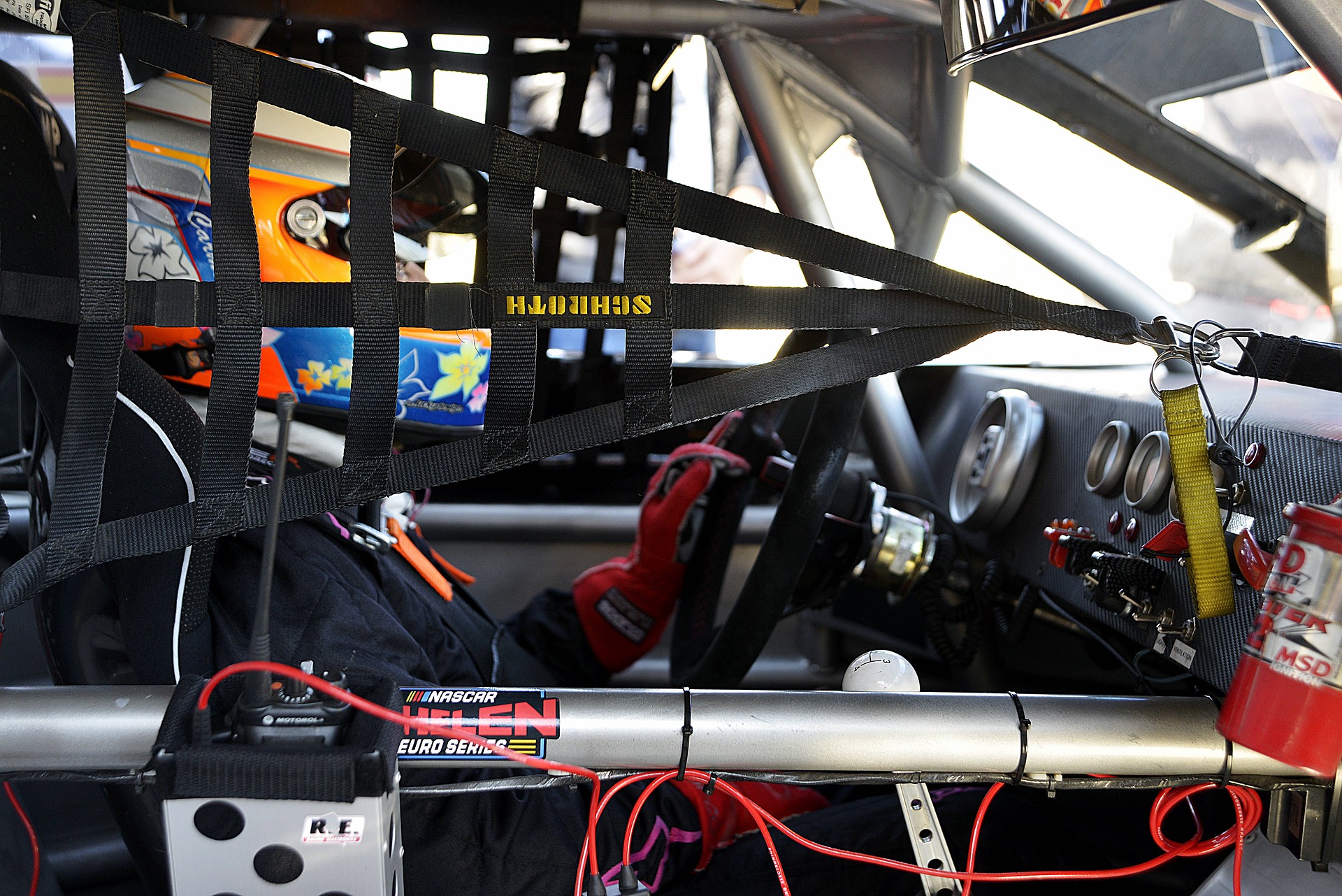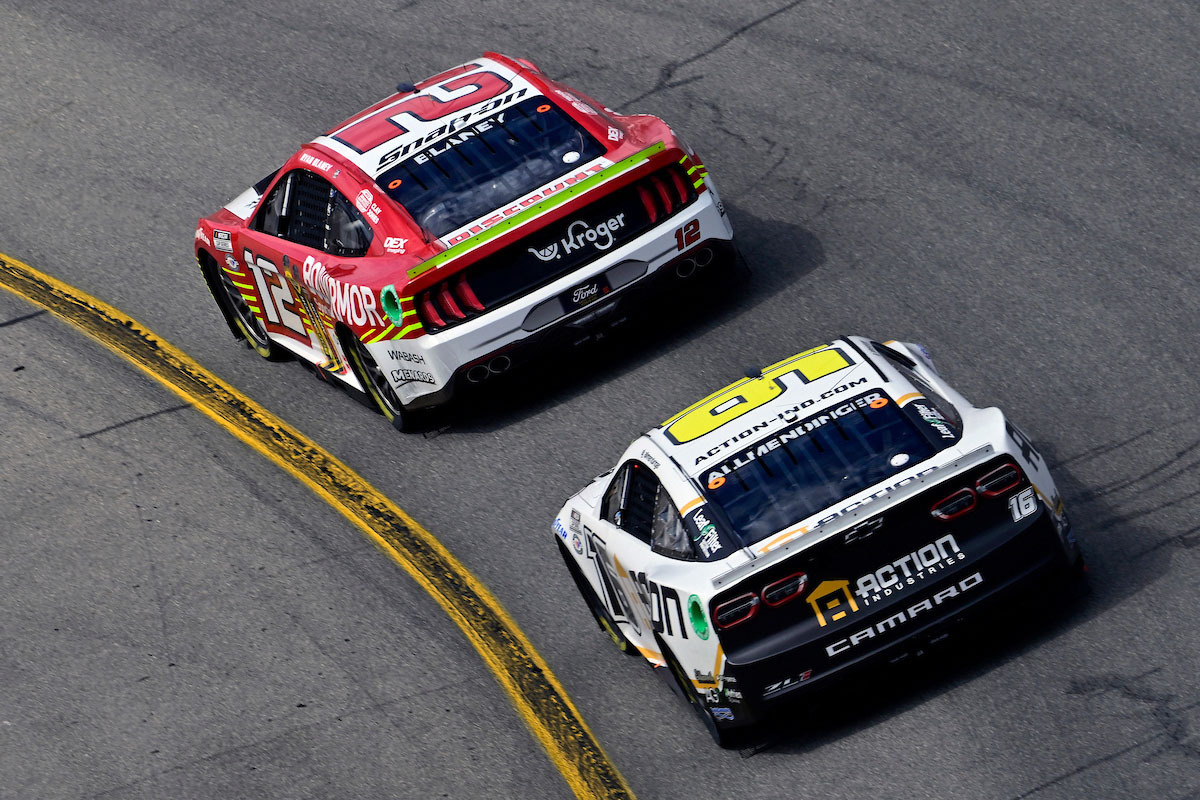Can NASCARs Only Turn Left? Dispelling the Myth of One-Way Driving
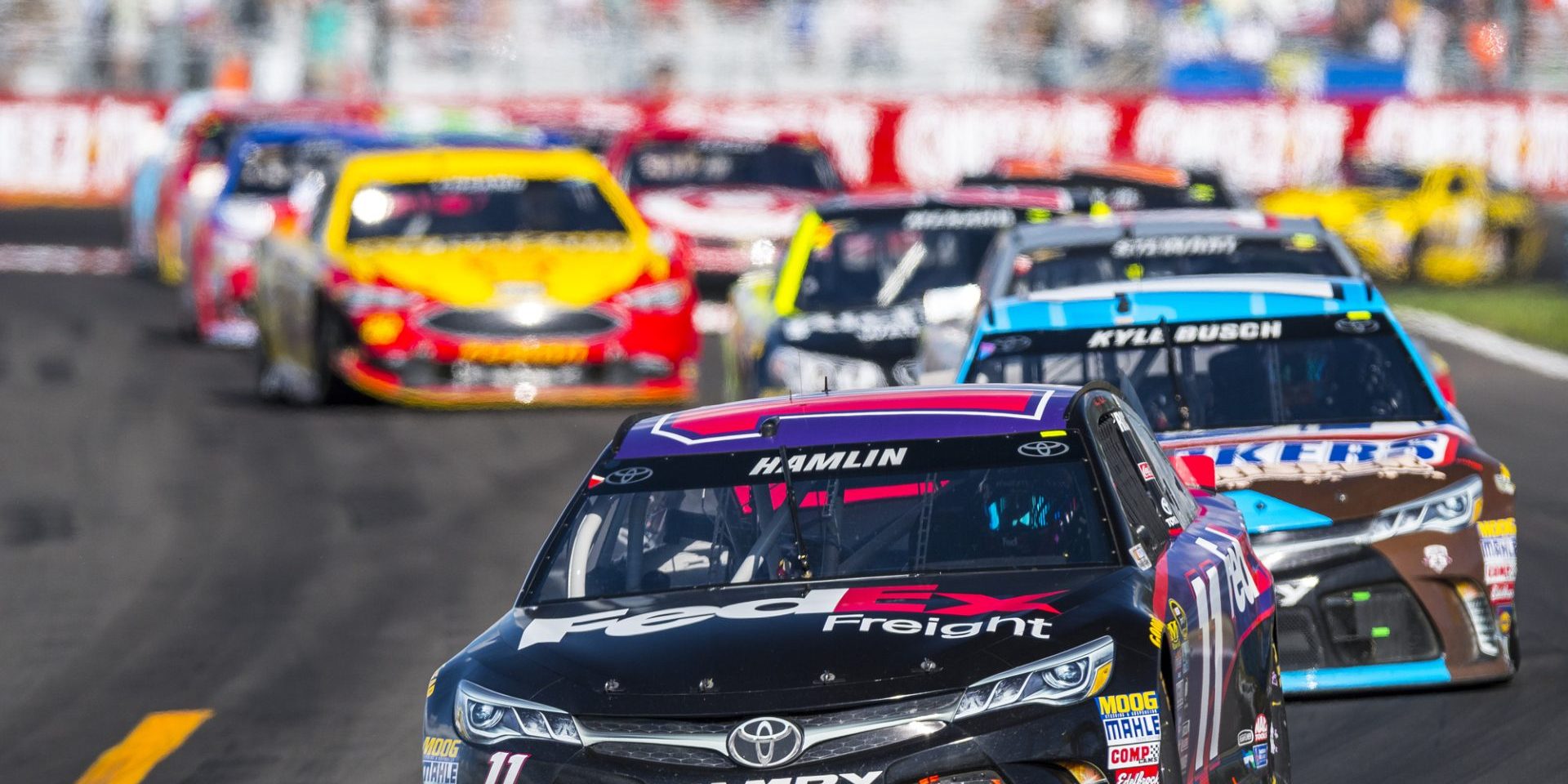
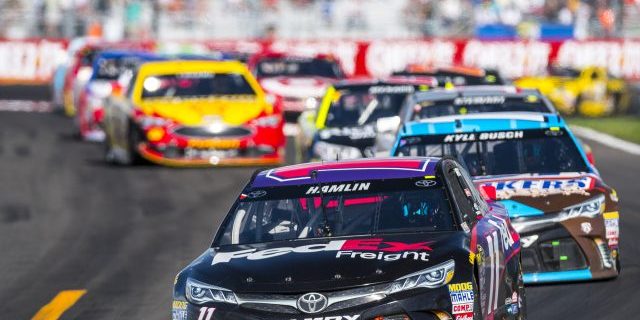
NASCAR, an acronym for the National Association for Stock Car Auto Racing, is synonymous with high-speed motorsports in the United States. At the heart of NASCAR racing is the image of powerful cars thundering around an oval track, with drivers skillfully navigating a series of left-hand turns. The predominance of anticlockwise, left-turning circuits in NASCAR has become one of its defining characteristics, leading many to question if NASCAR cars are exclusively designed to turn left and incapable of turning right.
Contrary to popular belief, while NASCAR races are predominantly conducted on oval tracks which require left turns to navigate, these race cars are indeed capable of turning right. On occasion, NASCAR schedules include road courses—tracks with a series of turns in both directions—which the cars navigate with turns to the left and right. These inclusions demonstrate the versatility of NASCAR vehicles and challenge the drivers’ adaptability to different racing conditions.
The tradition of left turns in NASCAR has its roots in the early days of motorsport and is influenced by factors such as driver safety and the historical precedents set by other racing disciplines. Despite some believing that turning left is all there is to NASCAR racing, the organization’s inclusion of road courses presents a different aspect of the sport. This dispels the misconception and affirms that while left turns dominate, NASCAR drivers and cars are equipped to handle right turns when the track demands it.
Table of Contents
The Dynamics of NASCAR Racing
In exploring the dynamics of NASCAR racing, it is essential to understand the design of oval tracks and the incorporation of road courses. These elements shape the driving strategies and skills required in NASCAR races.
Oval Tracks and Left Turns
The majority of NASCAR races take place on oval tracks, which necessitates left turns most of the time. This consistent direction complements the physics of vehicle dynamics, where centrifugal force plays a significant role. Drivers find themselves leaning towards the right due to this force, thus left turns help in maintaining balance and control at high speeds.
- Ovals: Traditional oval designs.
- Left Turns: Standard maneuver on ovals.
- Cars: Specifically designed for left-hand turns.
Turning Left on oval tracks is not just a matter of tradition or vehicle design; it’s also a safety measure. With the driver’s seat on the left side of the car, turning left keeps the driver further from the walls, therefore reducing the risk of injury upon impact.
NASCAR Road Courses
In contrast to oval racing, NASCAR road course races introduce a mix of left and right turns, compelling drivers to demonstrate a different set of skills. Road courses replicate standard roadways with various turns and elevations, which demands higher precision and adaptability.
- Road Courses: Tracks with both left and right turns.
- Road Course Races: Contests on these tracks requiring versatile driving techniques.
While oval tracks are synonymous with NASCAR, road courses offer a change in pace and complexity. Road courses not only test a car’s turning capability but also the strategic intellect of drivers, as they navigate through the more complex turns and braking zones that these tracks present.
Historical Perspective
The left-turning characteristic of NASCAR is a byproduct of history and tradition, influenced by earlier racing protocols and safety.
Origins of Left-Turn Tradition
In the earliest days of motor racing and its predecessor, horse racing, competitors traditionally raced in a counterclockwise direction. This practice has roots in England, where horse races typically ran in this manner. When motorsports emerged, they adopted similar standards, both to maintain continuity with the past and due to the belief that left turns were safer for drivers seated on the left side of the vehicle. Consequently, the preference for left-turn-only tracks became ingrained in the fabric of the sport.
Evolution of NASCAR Series
The NASCAR Cup Series, established in the late 1940s, embraced this tradition of left-turn racing and cemented it as a core aspect of its identity. With safety considerations continuing to be a priority, the series evolved, maintaining the left-turn-only tradition for the majority of its oval track races, reflecting the history of motorsports and aligning with long-established safety practices.
Safety Considerations in Motorsports
Motor racing prioritizes the reduction of risk and enhancement of safety for drivers and teams. This focus encompasses the evolution of car design and track protocols to minimize accidents and injuries.
Safety Innovations
Advancements in motorsport safety have been significant, particularly in the design of race cars and tracks. Vehicles are now crafted with a reinforced chassis and roll cages to withstand high impact crashes. In NASCAR, cars are fitted with the HANS device (Head and Neck Support) to prevent critical injuries during collisions. The safer barrier, a soft wall technology, has become a standard safety feature in tracks to absorb and reduce the force of a crash on the driver’s side, offering better protection than traditional concrete walls.
Risks of Right vs. Left Turns
The contrast of risk in right versus left turns is a factor that influences NASCAR’s preference for left-handed ovals. In NASCAR, the driver sits on the left side of the car, and taking left turns positions the driver further away from the outer wall, decreasing the chance of severe injury in a crash. In the event of a sideways impact, the right side (passenger side) absorbs the brunt of the force, providing a buffer to the driver. NASCAR’s tradition of left-turn circuits is also inherited from historical precedents set by horse racing and athletics, which favored counterclockwise motion.
NASCAR Strategy and Competition
In NASCAR, strategic considerations around track turns and tire management are vital for success. Teams must navigate these elements effectively to maintain a competitive edge.
The Role of Turns in Racing Strategy
The predominance of left turns in NASCAR racing creates unique strategic demands. Drivers must possess sharp reaction times to handle the turns at high speeds without compromising the integrity of their vehicles. The consistent leftward circuit requires teams to adjust their cars for optimal weight distribution and handling to maintain speed while turning left. Balancing the car’s setup with a driver’s skill at cornering directly influences overtaking strategies and the ability to defend positions on the track.
Importance of Tire Management
Tire wear is a significant element in NASCAR, with tire strategies often determining the outcome of races. Teams must select the right tires for the expected conditions and manage their degradation throughout the race. Excessive wear on the left tires is common due to continuous left turning, compelling teams to execute pit strategies that optimize tire changes without losing too much time. Knowing when to push the car to its limits and when to conserve tires for the long run is a fine balance that can lead to victory or defeat.
Engagement with Fans and Traditions
NASCAR’s connection with its fan base is bolstered by storied traditions and race tracks, which offer a unique experience that has cultivated one of the most passionate followings in sports.
Famous Tracks and Races
Daytona 500
Often referred to as the “Super Bowl of Stock Car Racing,” the Daytona 500 is a prestigious event that draws massive crowds to the Daytona International Speedway. With its history and status, fans flock to witness the action-packed race that serves as the season opener.
Charlotte Roval and Road Courses
While traditional oval tracks are common in NASCAR, road courses like Watkins Glen International, Sonoma Raceway, and the Charlotte Roval have gained notoriety. These tracks challenge the left-turn stereotype by requiring drivers to navigate right turns as well. The inclusion of courses such as Circuit of the Americas and the Daytona Road Course in the schedule demonstrates NASCAR’s adaptation over time to diversify the racing experience for both competitors and fans.
Fan Culture and Traditions
Loyal Fan Base
NASCAR fans are known for their dedication and enthusiastic support. Annual attendance numbers in the millions, with many spectators taking up spots in the grandstands or infield to cheer on their favorite drivers and teams.
Community and Heritage
Interaction with fans doesn’t end with the checkered flag. NASCAR events are rich in heritage, with pre-race activities, fan zones, and opportunities for fans to engage with the sport’s history. This sense of community strengthens the bond between the sport and its supporters, creating an immersive experience that extends beyond the race itself.
Final Thoughts
In considering the dynamics of NASCAR racing, it is evident that while NASCAR vehicles predominantly race in a counterclockwise fashion on oval tracks, they possess the capacity to navigate both left and right turns. Road circuits incorporated into the NASCAR schedule, such as those in the Cup and Truck Series, feature complex layouts with multiple right-hand turns, contradicting the common perception that NASCAR only involves left-hand turns.
Visibility for the drivers is a central element in NASCAR’s preference for counterclockwise racing. With the steering wheel situated on the vehicle’s left side, left turns naturally afford the driver better sight lines. This positioning prioritizes driver safety and caters to the traditional format that fans expect.
The tradition of NASCAR’s counterclockwise racing hails from its early days and continues to be a defining characteristic. But the inclusion of road circuits showcases NASCAR’s adaptability and willingness to offer diverse challenges to its drivers. Races in a clockwise direction on these circuits provide a contrast to the traditional left-oriented courses and contribute to the sport’s versatility.
The organization’s approach reflects a balance between respecting the storied past of stock car racing and evolving to meet the diversified skills of contemporary drivers. This blend of tradition and adaptability ensures NASCAR remains an engaging motorsport, both in terms of driving strategy and spectator experience.






